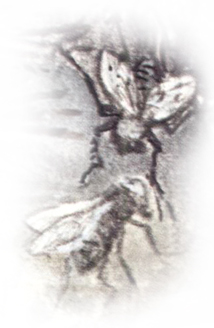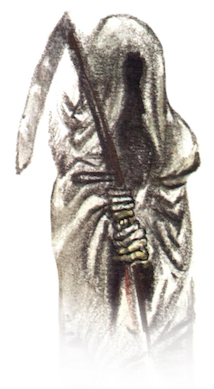

The Word Witchcraft

The word witchcraft in its most ordinary, popular connotation refers to the use of supernatural forces to bend the world to one’s will. In our society, witchcraft is commonly used as a synonym for sorcery, when it is not used as a metaphor connoting someone’s emotional power over us. But the Oxford English Dictionary tells us that witchcraft comes from the Old English word wiccecraeft (also spelled wiccecraefte, wicchecrafte, wichecraft—as well as wesch-craft and wicche craft) and that it literally means the craft—in the sense of art or skill—of a “witch” (the latter being wicca or wicce or wiccian in Old English).

Who is this old “witch” with her ancient “craft”? The noun witch may derive from the old Teutonic verb wik, meaning “to bend,” or it may derive from the Indo-European root weik, which refers to religion and magic. (There has been considerable controversy about the true etymology of the word witch.)

In either case, it seems fair to say that the witch is one who uses magic to bend things according to her desires. No wonder we all wish to be witches! How, then, did this rather simple concept come to be so loaded with emotional connotations? In a sense, the whole history of our culture with its religious experiences lies behind the word witch. To understand the word witch is to understand anthropology, history, the history of religion, the history of the relations between the sexes, to understand, above all, the unconscious of the human being. For though there are as many theories of witchcraft as there are scholars in the British Museum library, underlying all of them is a comprehension of the image-making faculties of the human brain, its yearning for myth and magic, its need to denounce what it does not understand, its transformation of common yearnings into images and archetypes, its metamorphosis of desires into demons, wishes—in short—into witches.

Apparently, the notion that the word witch is related to the Old English witan, “to know,” constitutes false etymology. Modern witches have claimed the connection between witan and witch as a basis for calling modern witchcraft “the Craft of the Wise,” but witch seems to have different roots than wise and wisdom. Those modern witches who call their religious organization the Church of Wicca have merely gone back to the Old English word for witch in the hopes of purifying it of the negative connotations that are the result of generations of persecution.

Let the doors to your prejudices swing open. In order to understand witches we must put aside our automatic beliefs that the deity is male; that the moon is sinister, while the sun is friendly; that the female principle is dark, unruly, anarchic, while the male is orderly, rational, wise. We must strip away, in short, all the preconceptions our culture has heaped upon our bowed heads. We must understand that most of the major religions in the world today (Moslem, Jewish, Christian) function, in one sense, as apologias for a patriarchal world view, that this is not the only possible world view, that it is neither absolute nor immutable, that human beings have worshiped gods and goddesses in many forms—tree, animal, human (female as well as male, androgynous as well as genderless), and that the way we characterize the deity is less important than that we do acknowledge a divine spirit both within and without ourselves.

